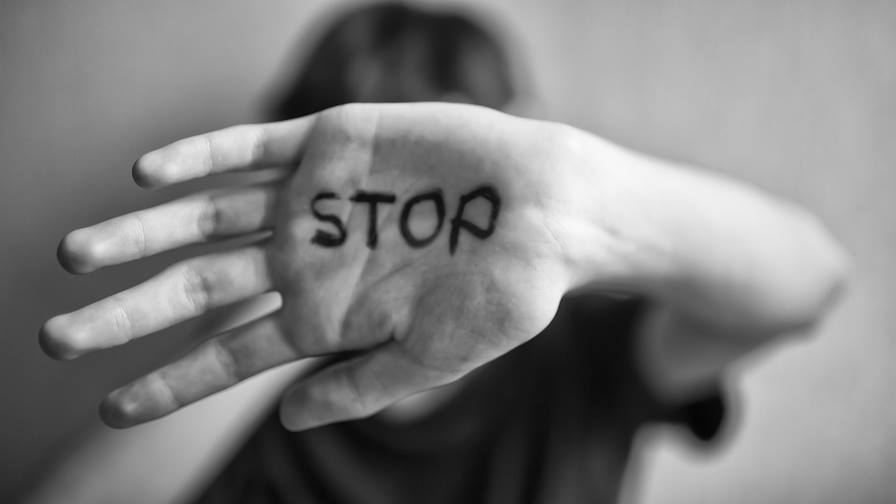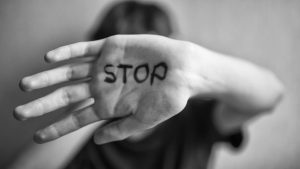Domestic and family violence is a crime. Nobody deserves violence. Learn how to identify the different types of abuse, and how to keep yourself or someone you know safe.
A person does not need to experience all of these types of abuse for it to be considered domestic or family violence.
If you believe that you may be experiencing domestic violence support is available.
Domestic and family violence doesn’t have to be physical abuse. It can be emotional, psychological, financial, sexual or other types of behaviour that exert power and control:
Verbal
This can include, but is not limited to:
swearing and continual humiliation, either in private or in public
attacks following clear themes that focus on intelligence, sexuality, body image and capacity as a parent or partner.
putting someone down
Psychological
This can include, but is not limited to:
driving dangerously
destruction of property
abuse of pets in front of family members
making threats regarding custody of any children
asserting that the police and justice system will not assist, support or believe the victim
threatening to ‘out’ the person’s sexuality, intersex or gender
Emotional
This can include, but is not limited to:
blaming the victim for all problems in the relationship
constantly comparing the victim with others to undermine self-esteem and self-worth
sporadic sulking
withdrawing all interest and engagement (for example weeks of silence)
emotional blackmail and suicidal threats
threats to harm oneself, pets, children or other family members
Social
This can include, but is not limited to:
systematic isolation from family and friends through techniques such as ongoing rudeness to alienate them
instigating and controlling the move to a location where the victim has no established social circle or employment opportunities
restricting use of the car or telephone or internet
forbidding or physically preventing the victim from going out and meeting people.
Financial
This can include, but is not limited to:
complete control of all money
restricting access to bank accounts
providing only an inadequate ‘allowance’
not allowing someone to seek or have a job
coercement to sign documents, take out loans or make false declarations
using all wages earned by the victim for household expenses
controlling the victim’s pension
denying that the victim has an entitlement to joint property
Physical
This can include, but is not limited to:
direct assault on the body (strangulation or choking, shaking, eye injuries, biting, slapping, pushing, spitting, punching, or kicking)
use of weapons including objects
assault of children
locking the victim in or out of the house
forcing the victim to take drugs, withholding medication, food or medical care
sleep deprivation
controlling access to medications
Sexual
This can include, but is not limited to:
any form of pressured/unwanted sex or sexual degradation by an intimate partner or ex-partner, such as sexual activity without consent
forcing someone to watch explicit material against their will
causing pain during sex
assaulting genitals
coercive sex without protection against pregnancy or sexually transmitted infection
making someone perform sexual acts unwillingly
taking photos or distributing them without the subject’s consent
criticising or using sexually degrading insults
Harassment and stalking
This can include, but is not limited to:
following and watching
monitoring someone’s movements
sending harassing text messages or getting someone else to do it
telephone and online harassment
tracking with Global Positioning Systems (GPS) or through social media or online interactions
being intimidating




